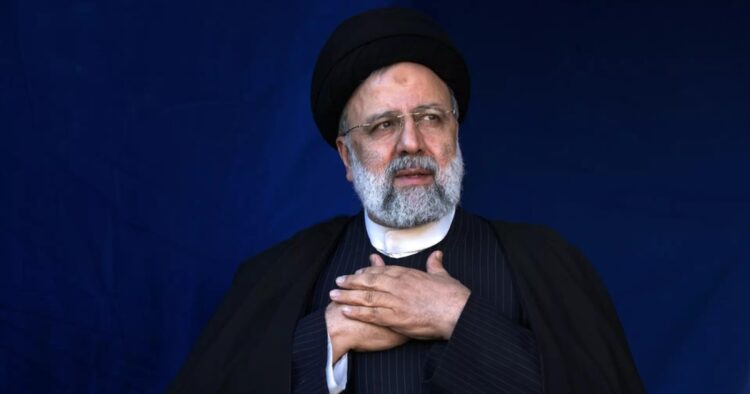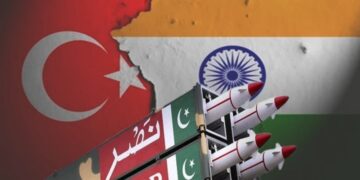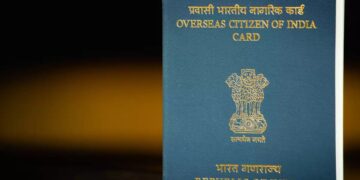On Friday, Iranians will go to the polls to choose a new president after the death of Ebrahim Raisi in a helicopter crash. Voters will pick from four candidates, all of whom are loyal to the supreme leader.
Although the election is not expected to change Iran’s major policies, the result could impact the succession of the 85-year-old Ayatollah Ali Khamenei, who has been in power for over 35 years.
Ayatollah Khamenei has urged for a “maximum” voter turnout to counter the legitimacy crisis caused by public discontent over economic struggles and limited freedoms. Voter participation has significantly dropped in recent years, with the young population particularly frustrated by the political and social restrictions.
ALSO WATCH
Polling stations will open at 8:00 am local time (0430 GMT) and close at 6:00 pm (1430 GMT), though they often stay open until midnight. Since the ballots are counted manually, the final results are expected in two days, although initial numbers might be available sooner. If no candidate secures more than 50% of the votes, a run-off will be held between the top two candidates.
The candidates include three hardliners and one moderate. The hardliners are Mohammad Baqer Qalibaf, Saeed Jalili, and another unnamed candidate, while the moderate is Massoud Pezeshkian. Qalibaf is the parliament speaker and a former commander of the Revolutionary Guards, and Jalili is a former nuclear negotiator who worked closely with Khamenei.
Pezeshkian, the moderate candidate, supports the country’s theocratic rule but also advocates for better relations with the West, economic reforms, social freedoms, and political diversity. His chances of winning depend on whether he can energize reform-minded voters who have been disillusioned in recent years.
Public frustration with the government is high, as seen in the low voter turnout in recent elections. Only 48% of voters participated in the 2021 election, and turnout dropped to a record low of 41% in the parliamentary election three months ago.
On social media platform X, the hashtag #ElectionCircus has been trending, with many activists calling for a boycott of the election to avoid legitimizing the current regime.
The election comes at a time of increasing regional tensions due to conflicts involving Israel, Hamas, and Hezbollah, as well as heightened Western pressure on Iran over its nuclear program. While the new president will manage the day-to-day government operations and influence domestic and foreign policy, the supreme leader remains in control of major state matters, including the nuclear program and support for militia groups.
All four candidates have promised to address Iran’s struggling economy, which suffers from mismanagement, corruption, and sanctions reimposed by the U.S. after it withdrew from the 2015 nuclear deal. Despite these promises, many voters remain skeptical about the candidates’ ability to bring real change.
ALSO READ: “Iran Election 2024: Young Voters’ Views on 2022 Protests Influence Presidential Race”
As Iranians prepare to vote, the outcome of the election may not bring significant changes to Iran’s core policies but could influence the future leadership of the country. With public dissatisfaction at a high and regional conflicts ongoing, the new president will face numerous challenges in steering the nation forward.

















Comments